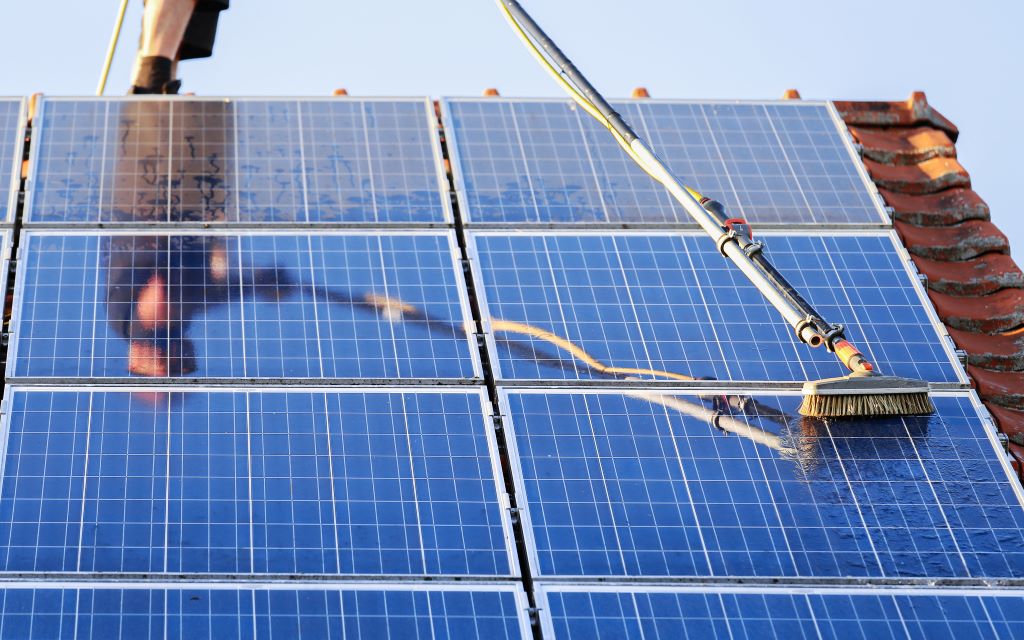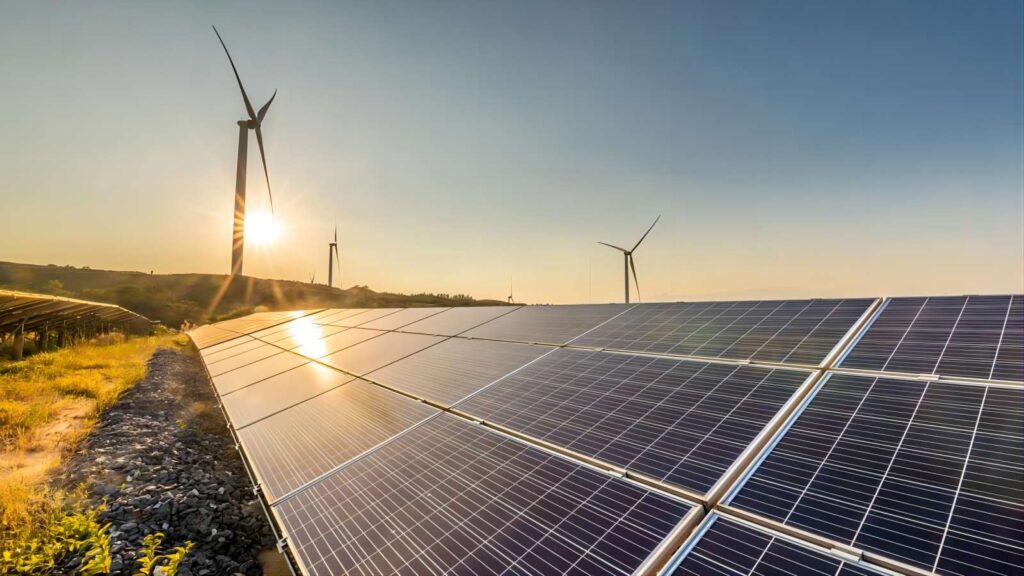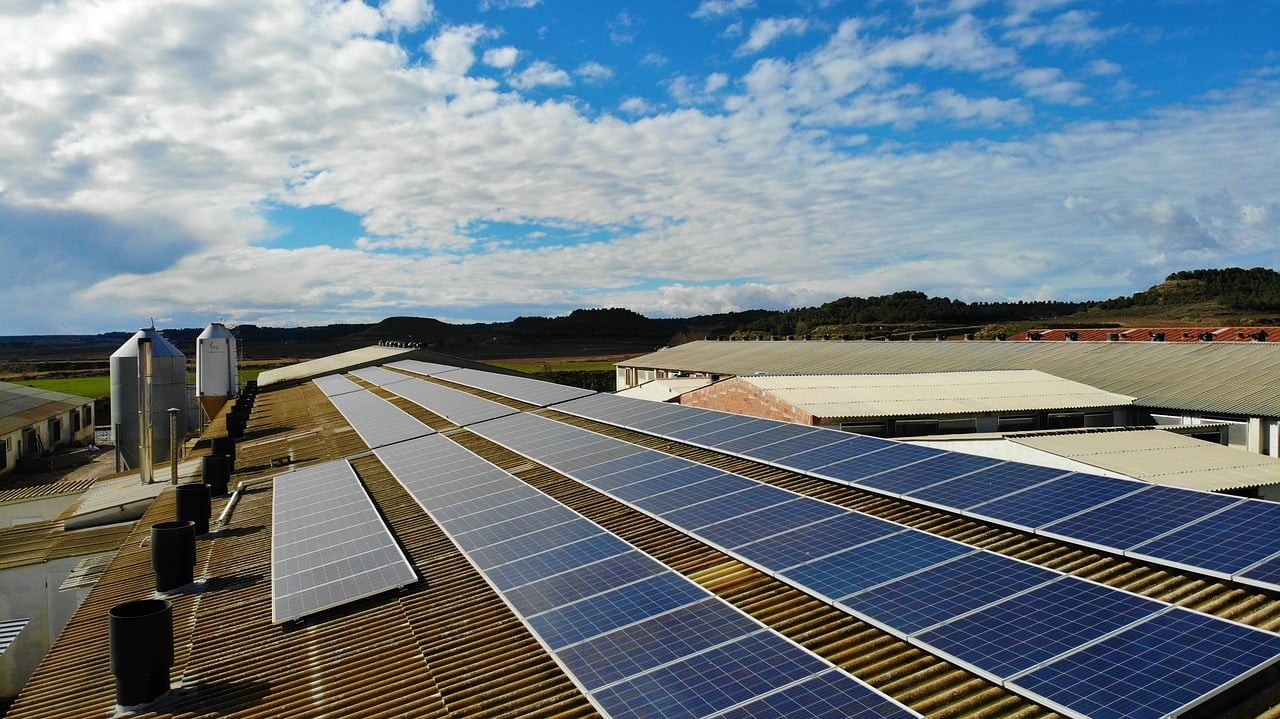No, monocrystalline solar panels cannot generate electricity at night because they rely on sunlight to activate the photovoltaic cells. During the day, a typical 5 kW system can generate around 20-25 kWh, but at night, production drops to zero.
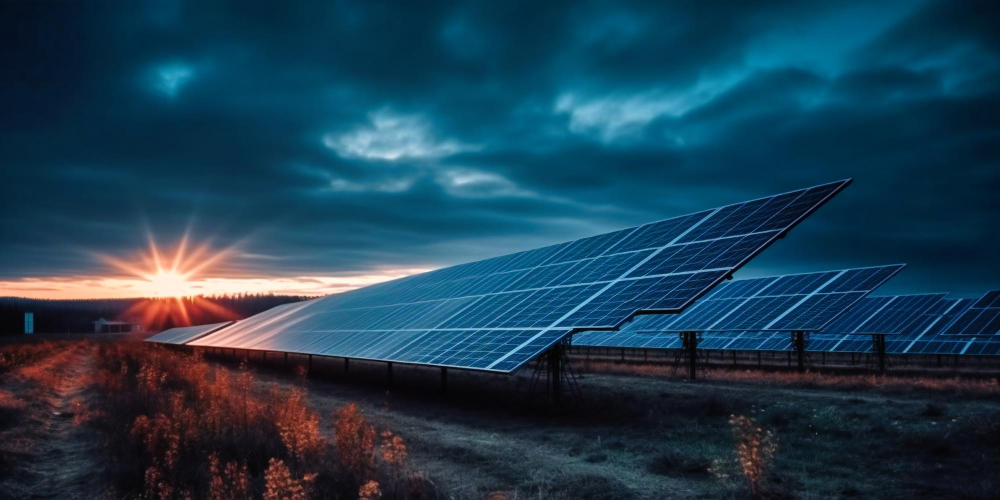
1. How Photovoltaic Cells Work During the Day
Monocrystalline solar panels have very high-efficiency ratings, usually as high as 20 to 25% in terms of conversion rates. These panels use photovoltaic cells made from one silicon crystal, and the process leads to more efficient conversions of sunlight to electricity when compared with polycrystalline ones. For instance, a 400W monocrystalline panel can give you an approximate output of 2.4 kWh of energy per day in very sunny areas like California. Sometimes, at peak sun hours, the panel can even overperform its rated output, producing up to 25% more power in ideal conditions.
In the daytime, these photovoltaic cells absorb sunlight, which activates electrons within the silicon. Electron movement produces DC electricity, but this halts the moment sunlight disappears. This is why no electricity is produced at night. Without sunlight, there is no energy source to stimulate the photovoltaic effect, effectively leaving the panels inoperative from sunset into sunrise.
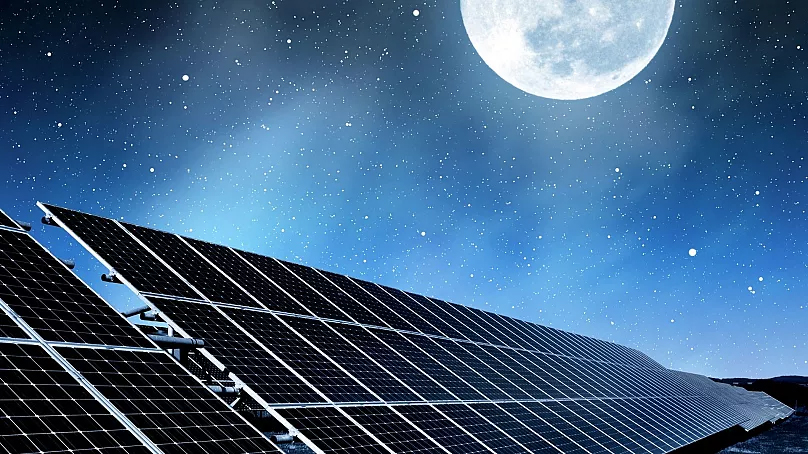
2. Conversion from DC to AC: Day vs Night
Solar panels produce DC, and the majority of houses and appliances run on AC. The conversion from DC to AC is crucial and is performed by an inverter. A high-efficiency inverter could provide up to 4.75 kW of usable AC electricity during peak sunlight hours for a 5 kW solar system. There is usually a conversion loss of 5% to 10% due to some form of inefficiency in the inverter, but modern inverters-most notably, SMA Sunny Boy and SolarEdge systems increased efficiency to as high as 98%.
The whole system, however, shuts down at night. Without DC electricity, there's no AC conversion-a complete reliance on alternative energies. On average, the amount of electricity drawn from the local electrical grid for most homes with no energy storage is about 30% to 40% of the house's total daily consumption during nightfall. This goes to show how vital alternative power solutions are post-sunset.
3. Battery Storage Solutions for Nighttime Energy
It has also made batteries the number one solution, given that they keep energy availability on when the panels are not producing. For example, a robust battery system, such as Tesla Powerwall 2, might store up to 13.5 kWh of electricity sufficient to run a typical American home for about 10 to 12 hours. This could easily translate to homes averaging 30 kWh a day, which, with a well-sized battery bank, would comfortably serve nightly and nighttime consumptions, considering the amount of energy generated by the sun and stored during the day.
If the system is larger or for higher-demand areas, it could necessitate multiple units of batteries. For example, a 10-kW solar array may generate as much as 50 kWh in energy on a sunny summer day and would, therefore, need to store that excess energy for use at night via larger or multiple batteries. Another factor of compatibility involves the rate of discharge for a given battery. Most modern lithium-ion batteries can safely discharge 80-90% of their stored energy, meaning that if 10 kWh is stored, up to 9 kWh can be effectively used after sunset.
There's a worry about battery costs when it comes to working. Whereas the average cost of a solar-plus-storage system falls between $12,000 to $18,000 depending on system size and local installation costs, increasing energy prices, plus incentives such as tax rebates, have reduced payback time for solar-plus-storage systems quite impressively over the last years-sometimes below seven years for optimal setups.
4. The Impact of Temperature on Solar Panel Efficiency
Temperature is a huge determinant of the efficiency of solar panels. As efficient as monocrystalline panels are in converting sunlight into electricity, their output decreases with increased temperature. More precisely, if the temperature goes over 25°C, the efficiency of a monocrystalline solar panel drops by approximately 0.4% to 0.5% for every degree taken in excess of the threshold. To put that into perspective, on a hot day at 40°C, the panel efficiency would drop up to 7.5%.
Lower night temperature allows the panels to last longer because it reduces thermal stress. Solar panels are extremely heated during the daytime, and in hot states like Nevada and Arizona, the ambient temperatures often reach over 40°C. The materials inside the solar, especially silicon and wiring-take less stress while cooling down at night, thus increasing their life span. Ordinarily, a well-maintained monocrystalline solar panel would serve one for more than 25 years, although certain brands like SunPower may give up to 30 years of warranty.
Besides, high-efficiency systems also have temperature-resistant components; this factor diminishes its effect and restores normalcy. For instance, modern photovoltaic panels with various sophisticated cooling mechanisms and superior material can have an efficiency loss per degree of only 0.3% and offer better performance in hot climates.
5. Grid-Connected Solar Systems: A Nighttime Solution?
That means grid-tied solar systems take in electricity from the grid at night, while the homeowner still benefits from the solar energy created during the day. SEIA estimates over 90% of residential solar installations across the United States are grid-tied. That is to say, in countries or regions with very strong net metering policies, any excess energy generated during the day by the solar system can be sent out into the grid, effectively "banking" for nighttime use. As a matter of fact, there is credit allotted to homeowners operating within California's Net Energy Metering (NEM) program for excess energy sent into the grid, which they can offset against the cost of their nighttime usage.
For instance, studies show that the average U.S. household uses 10,649 kWh annually, about 40% of which is required during hours of no sunlight. This, again, illustrates how important grid connectivity or batteries are for households powered by solar energy. Without these, nighttime energy uses would have to be totally served by the grid-a huge defeat of some of the possible economic reasons for solar power.
6. Data and Insights on Solar Energy Production at Night
The National Renewable Energy Laboratory estimates that an average U.S. home with a 6 kW solar system under ideal conditions produces 25 to 30 kWh/d. During nighttime hours, electricity production is zero because PV cells require sunlight to produce energy. Data from CSI also suggests that the peak solar generation window falls between 10 AM and 3 PM, again indicating a reliance on energy storage or the grid in evening and nighttime hours.
These systems typically can offset a home's total energy consumption by 50% to 80% annually, depending on the location and system size. For example, a 5 kW system in Phoenix, Arizona, would serve the needs of a household for up to 70% of a year, but without battery storage, homes still rely on the grid for nighttime hours. Houses with solar-plus-storage systems could reduce their reliance on the grid to below 20% annually.
7. The Future of Solar Energy: Innovations for 24/7 Power
While the photovoltaic solar panels themselves do not work in the dark, new emerging technologies keep on expanding the usage of renewable energy. Probably the most exciting development is anti-solar panels, conceptually generating electricity via radiative cooling by emitting infrared radiation. Early research indicates that such panels could potentially produce up to 25% of the energy generated during daylight hours, though the technology remains experimental.
Another field of innovation is in energy storage. The batteries in solid state-the ones said to take over in the next decade from conventional lithium-ion batteries- offer higher energy density and longer lives, serving very well for 24/7 solar energy availability. In 2023, companies such as QuantumScape announced progress in commercializing solid-state batteries, predicting that by 2030, energy storage capacity could exceed 1,095 GWh globally, enough to power millions of homes through the night on stored solar energy.
In other words, even though monocrystalline solar panels don't work at night, technology is improving both energy storage and grid management, and solar power is increasingly a viable option as a source of power that can be available 24/7.

